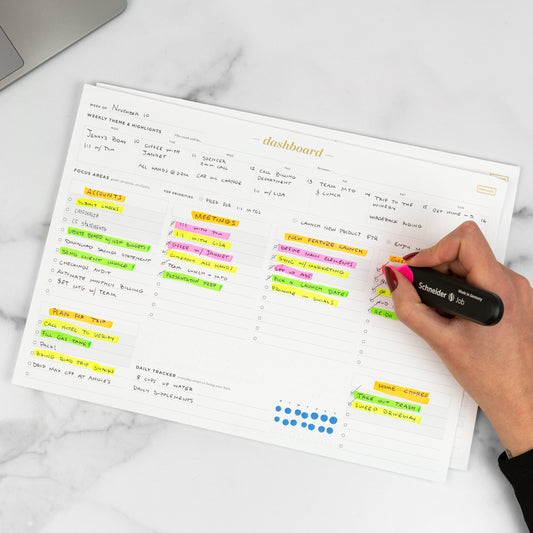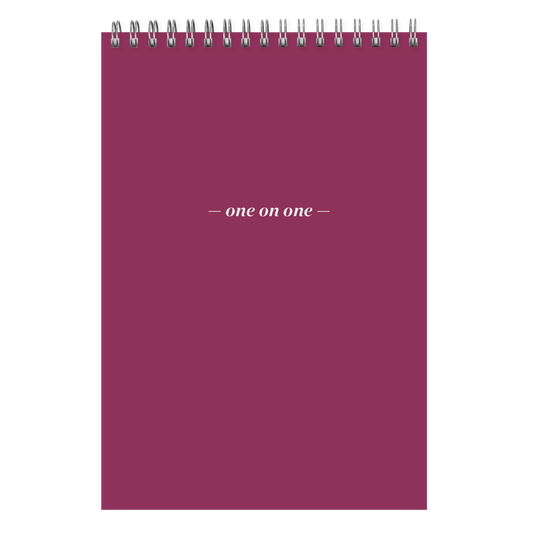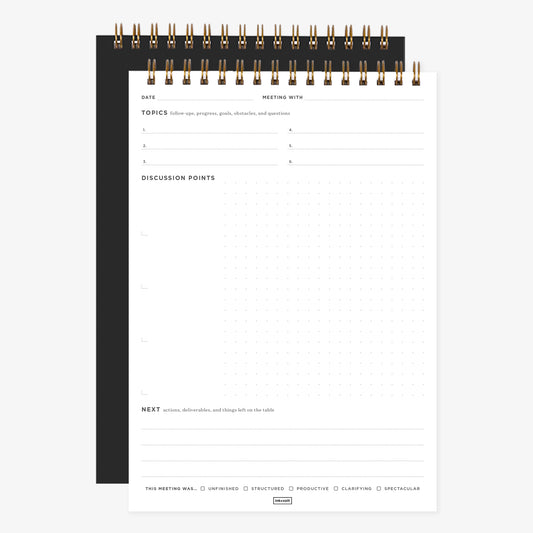The ultimate inspiration can sometimes be the deadline.
Headlines and deadlines. As a writer, those two things are constants in my life. And even so, the latter sometimes still catches me off guard occasionally.
A last-minute request from an editor with a tight deadline can send me into a state of severe writer’s block, even if I’m well-prepared and knowledgeable about the assignment.
It’s a little like asking a singer to belt out a tune on the spot or requesting a joke from a comedian when they haven’t prepared any material in advance. One of the biggest myths about creativity is that it’s always flowing and it’s easy to tap into. For many people, a deadline can suck the well dry -- so having a method for getting things done quickly (no matter how uninspired you feel) is worth your while.
Time pressure can make creativity difficult - but not impossible
Some researchers have called deadlines the enemy of creativity.
Harvard Business Professor Teresa Amabile, who has researched creativity in the workplace, found in one study that “people were most creative most of the time when they were under low to moderate time pressure. That's when the new ideas came out, that's when the creative solutions to problems came out.”
There are some caveats, though, her research found.
“There were some instances where people were under time pressure, where they absolutely understood the need for the time pressure like a competitor was about to come out with a product just like theirs and they had to get there first, or there was a desperate customer in need, there's a desperate societal need in some cases,” she said.
“If people and companies feel that they have a real deadline, they understand it, they buy into it. They feel great meaning in what they're doing. They understand the importance of what they're doing, and the importance of doing it fast, and if they're protected, or if they can protect themselves so they can focus, they're much more likely to be creative.”
Amabile also found that allowing people to have “quiet time” where they work solo and construct their own perfect conditions for creativity can be a successful technique for teams.
For some, the pressure of a deadline is inspiring in itself -- but if you’re not one of those people, here’s how you manage to tap into that reservoir of creativity when you’re in a time crunch.
Set the mood
Ask enough artists how they create and you’ll likely find that there is a great deal of ritual that goes into their work. Some people find they’re most creative early in the morning and some late at night. Some need absolute quiet and others like to have background noise.
Developing your personal creative process can be one of the most important parts of your work.
Pinpoint whatever it is for you and the next time you're under pressure, start by setting the mood. Even when you can’t control a deadline you can control some other factors around you.
Amabile found in her research of teams that protecting space that allows people to be creative is important, especially on deadlines. If you are a manager asking your team to work fast, be open to asking your team members what conditions they need set up in order to be productive and creative.
Setting the mood is a signal to your brain that it’s time to get creative. Taking the time to make a cup of coffee or clean your desk, if that is your ritual, can put you in the right headspace to do what you do best, even if you don’t have a lot of time.
Channel smart procrastination
The pressure to act quickly can actually sometimes cause us to move slower. If you’ve ever baked a banana bread instead of diving into a report, well, same. But I’ve found that these little acts of procrastination sometimes actually serve me well.
If I find that I’m hitting a brick wall, I know that just sitting at my desk waiting for inspiration to strike won’t get me anywhere very fast. Instead, taking a walk, doing a couple of chores, or even finding a good recipe can create enough distance from my task to get the creative juices flowing.
Sometimes I have pieces of an idea in my head that I haven’t connected yet, so letting them marinate in the background while I’m doing another task can actually help refresh my thinking.
Procrastinating may seem counterintuitive, but it can actually help you maximize your creativity in a short amount of time. Rather than trying to force results when they're just not happening, give your brain a break -- you'll come back to your task with energy, ideas, and an easier time putting it all together.
Revisit past projects
Unless you're in a brand new job in a brand new field, chances are good that any given project you’re doing is work that you’re familiar with. You’ve probably completed something similar in the past.
Revisit those completed projects for some inspiration. They can be a wealth of inspiration and may stir up dormant ideas. It can be easy to get in the habit of forward thinking and focusing on personal growth and making the next project bigger and better, but we sometimes forget that we've already learned a lot in the course of our previous projects.
Sometimes I’ll go back and read a blog or article I wrote from a year ago and instantly remember an idea that I had to cut from that project, but would work perfectly with what I am creating now. Other times, I’ll read past work and a light bulb will turn on because there was something I didn’t like about that writing style or the angle I chose, which gives me a burst of motivation for a new strategy.
Reviewing your past work can also be a little burst of validation -- it's a chance to notice how much you've already done, which means you can do it again. You're not reinventing the wheel; you're doing what you already know how to do.
Make a game plan
When all else fails, sit down and just start somewhere. Whether that’s brainstorming, just diving in to see what sticks or making a plan, the act of doing can be the jumpstart you need.
For me, an outline that gives me a little structure is my best bet. I can name the pillars of what I need to get done and then start to fill in the details as they come together. When I’m planning a story or big article, the Ink+Volt Research Pad helps me outline the direction of my work, especially when it’s complex.
Brainstorming, even if it ends up looking a little chaotic, is a helpful starting place, too. This guide is really great at laying some groundwork for successful brainstorming. Remember to think big, defer judgement (it’s okay to have a bad idea, because it might spark something genius), and give yourself some time to put your ideas on a page! Writing it all out so you can see it gives you a chance to make connections that you'd otherwise miss.
Even on a deadline, you can always create some space to think through the big questions or problems you’re trying to solve. You'll do better work because of it.









